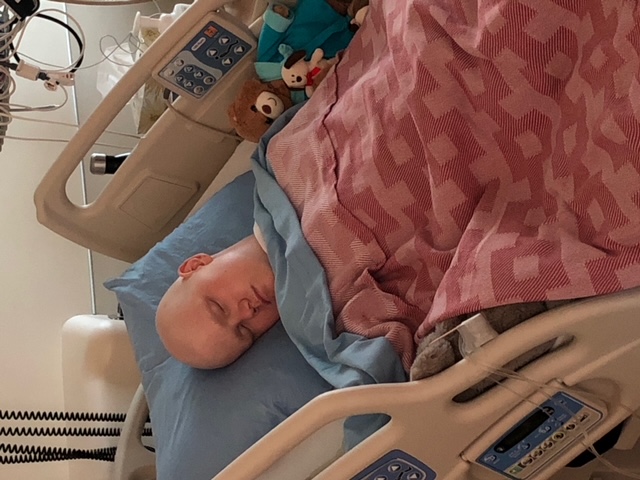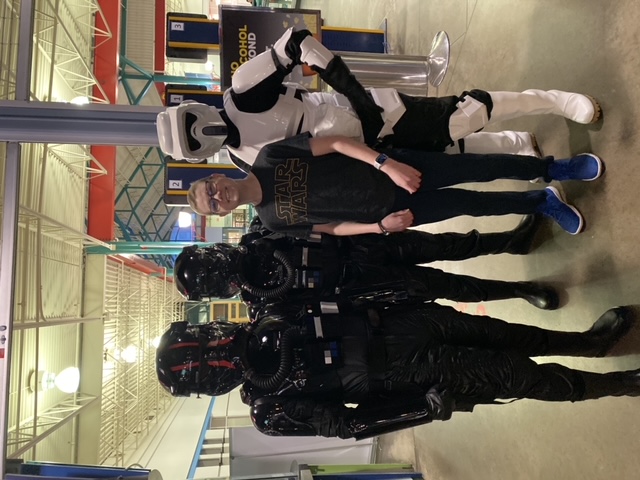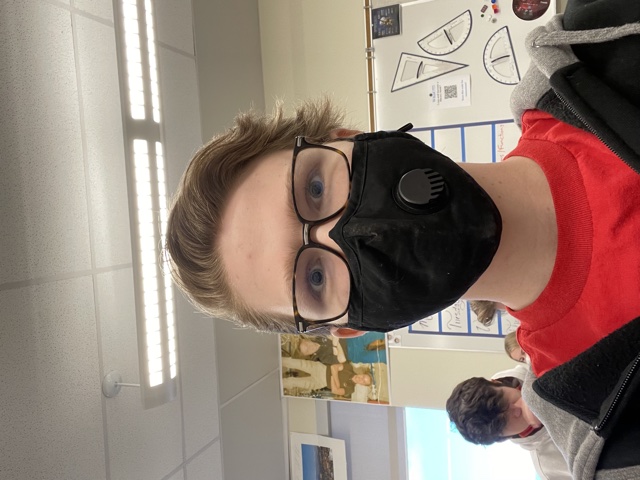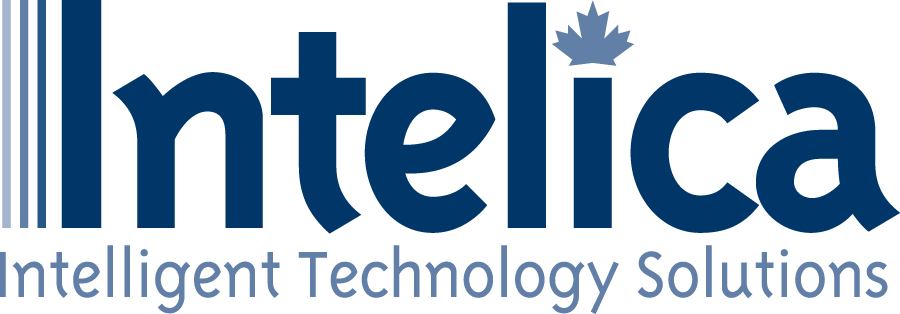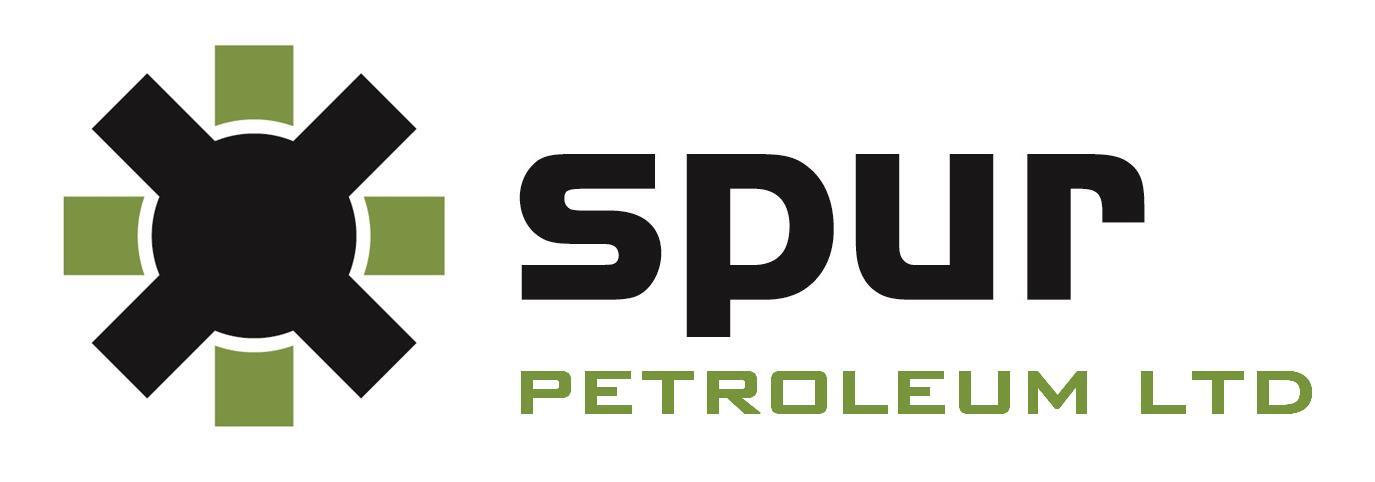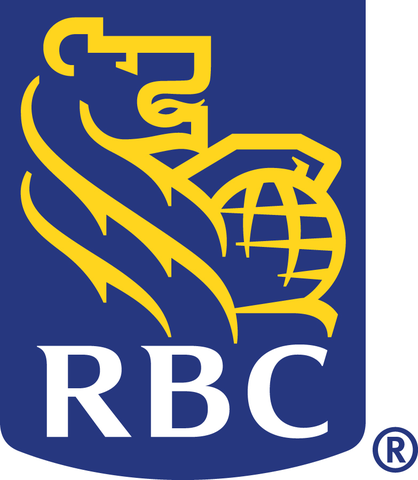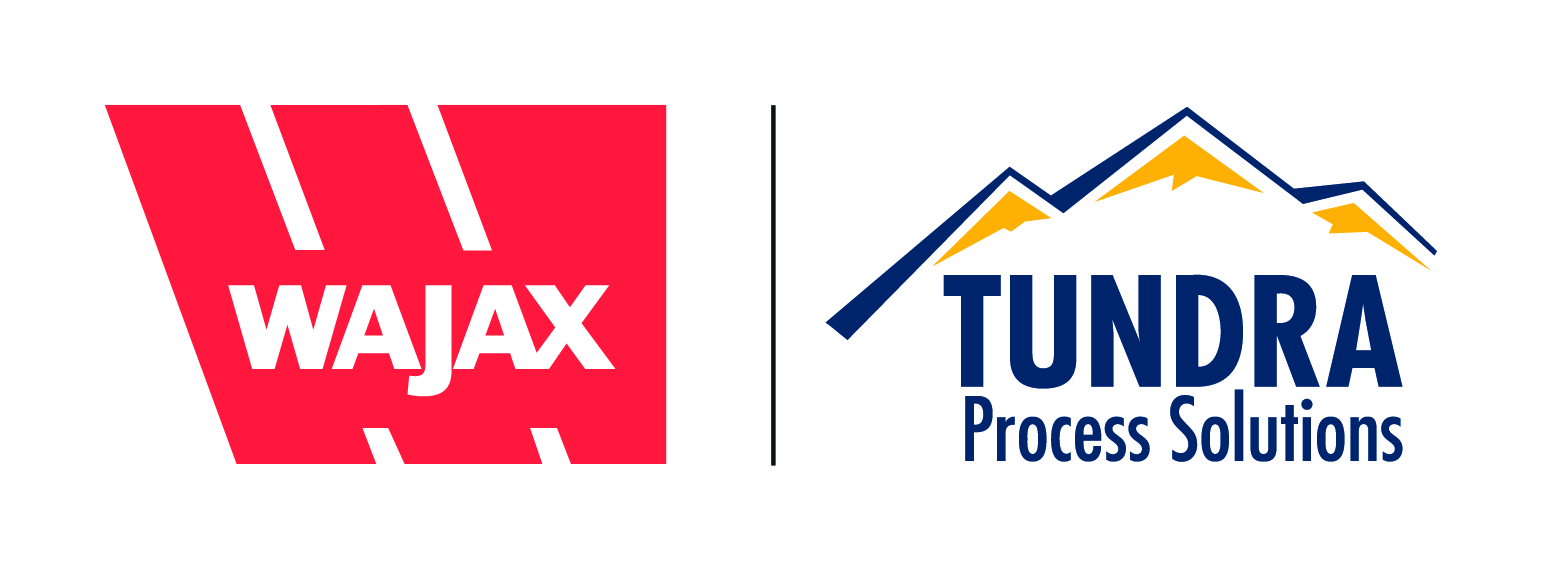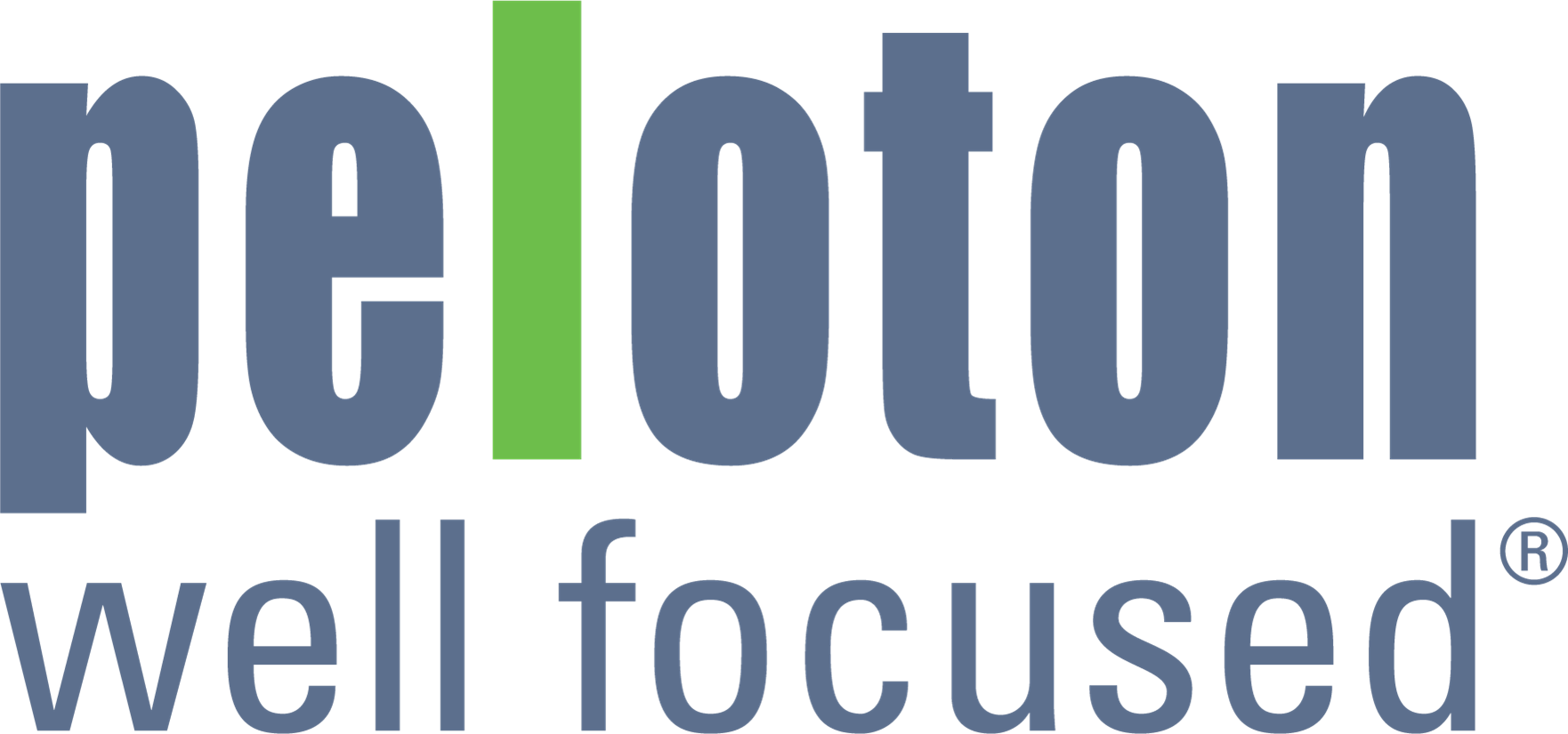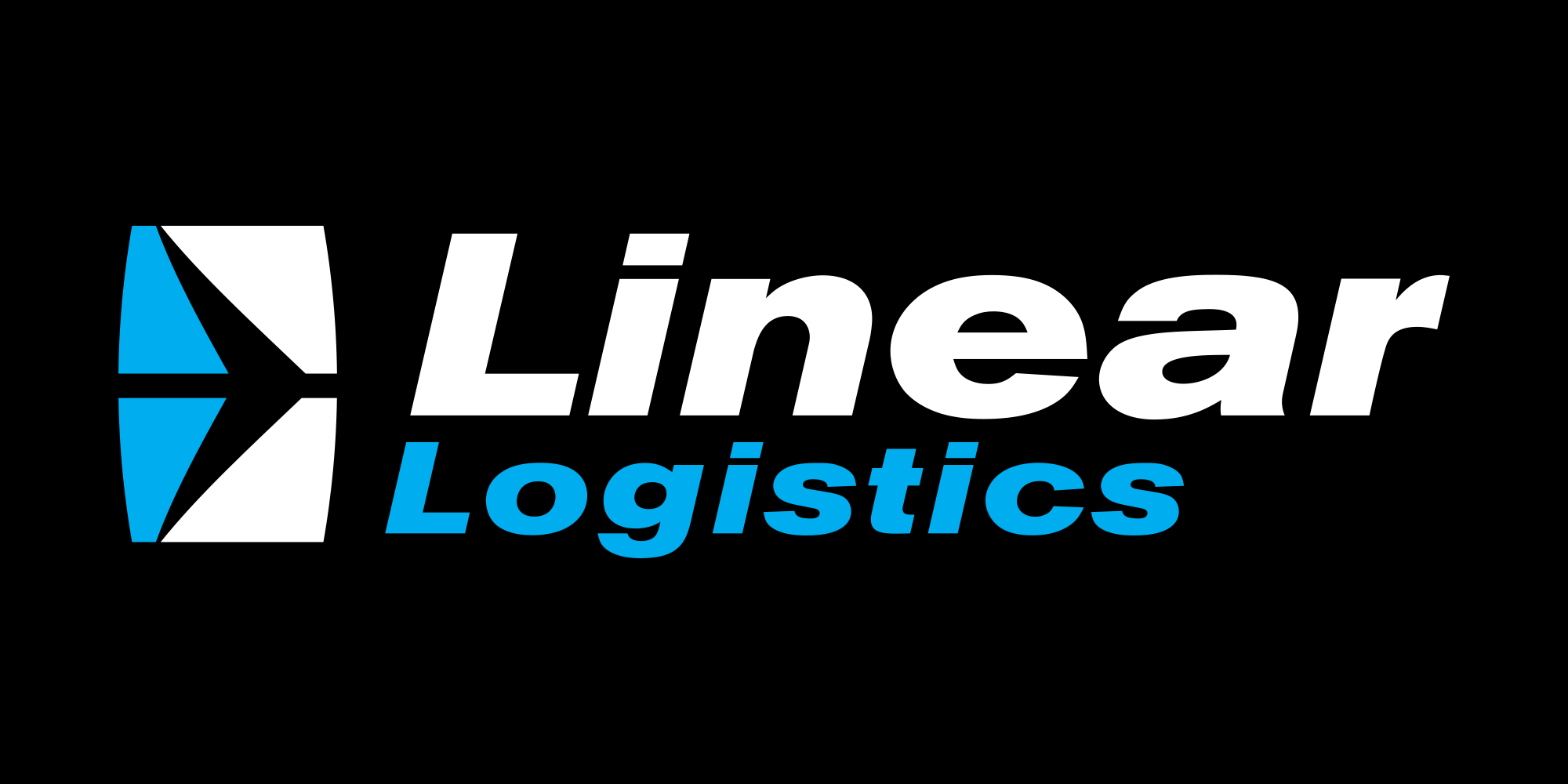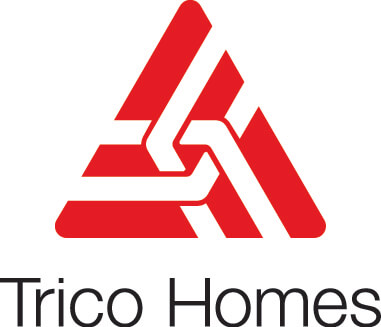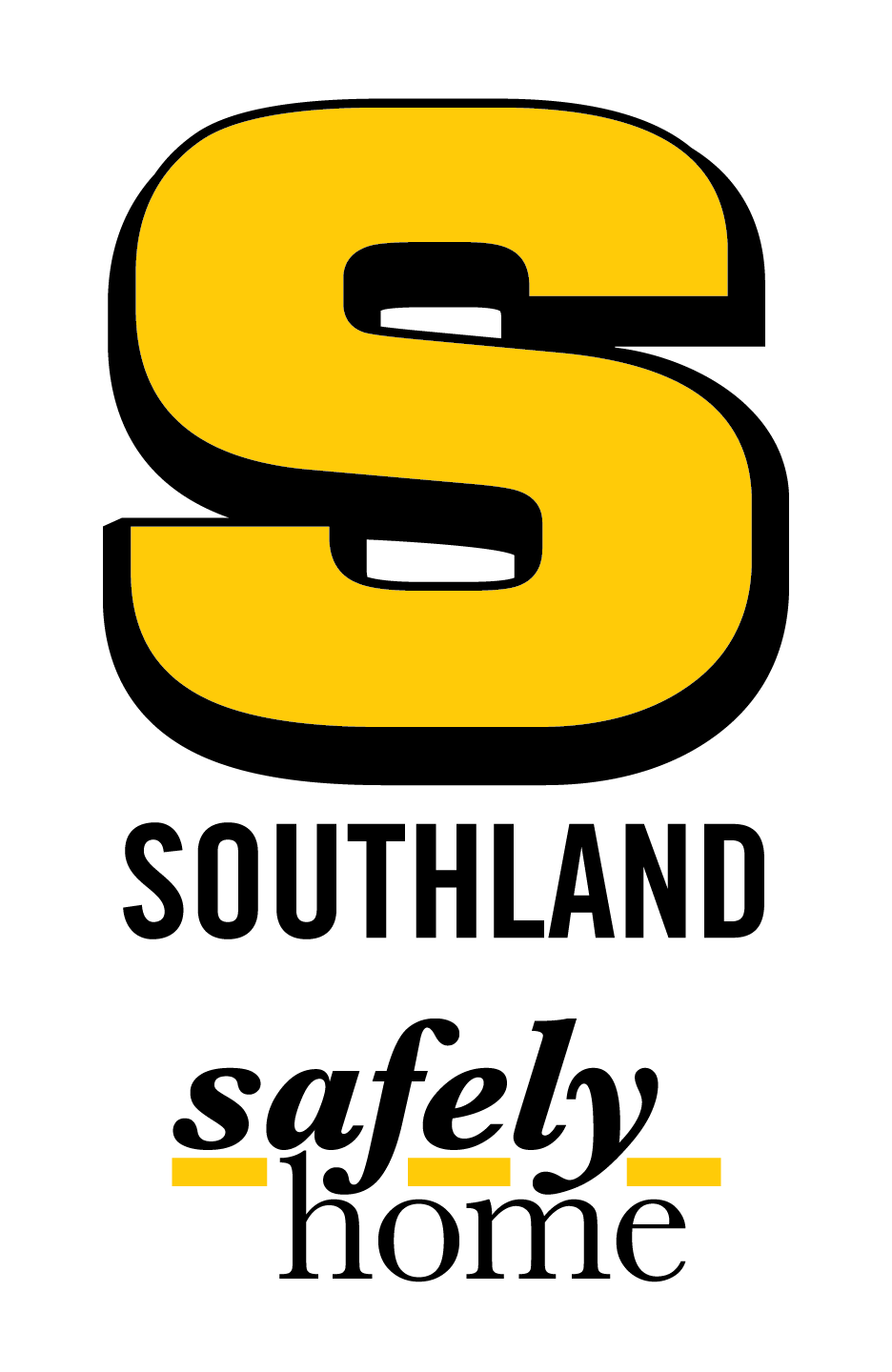It all started in December of 2018 when I was 13 and suddenly started having migraines. It went on for a long time before we thought anything of it, so I just took Tylenol. Eventually, I went to the hospital. My family and I spoke with the resident doctor and he said it was nothing. But the migraines were getting exponentially worse, and I couldn’t take it anymore. At midnight, a couple days later, we went back. The doctor did a Cat Scan and saw something, so they did an MRI and told us that I had a buildup of fluid and a tumour in my brain. It was the size of a ping pong ball near my ocular nerve in the dead centre of my brain.

When I heard that they weren’t actually migraines, but a tumour, I was shocked. My mind went somewhere I can’t even begin to explain. I felt weightless. I was thinking: “What do we do next? What’s the plan? What are we going to do?” I didn’t know how to express all my thoughts. When my parents gave me the news, they were both crying. I told them, ‘Hey, you can’t cry. If I’m not crying, you can’t either.” Sometimes that would make them cry even more.
The next morning, they cut a little hole in my frontal lobe to take a biopsy of the tumour. They removed the fluid and relieved the pressure in my head by creating a third ventricle. Before the procedure, the surgeon joked, “It’s no big deal because men don’t use their frontal lobe anyways.” The best part was the morphine. I couldn’t feel any pain, but I also couldn’t feel anything else either.
Later, the biopsy came back. Stage 2 to 3.
During my second surgery, which was 6 hours long, they removed the back of my skull and separated the two hemispheres to remove the tumour at the centre of my brain. They inserted an EVD to drain any fluid that might get in the way and took another biopsy. This revealed a stage 4 pineoblastoma, a rare form of brain cancer. After the surgery, I had to stay in the Pediatric Intensive Care Unit for more than a week, until I was stable. I later went to Unit 3, for recovery and rehabilitation.

My parents and I were researching the possibility of receiving proton radiation therapy in the US. But when we learned it was stage 4—that was no longer an option. If I waited, my chance of survival would only be 20%.Time was of the essence.
They had to fast-track my treatment. They needed to stop the cancer from spreading or from developing into a secondary cancer. The plan was to radiate my brain and the length of my spine in three sections. This was because the radiation machine can only do 20 centimetres at a time. Each session took about an hour and a half. I had to lie on a hard, narrow bed with a foam headpiece and a fiberglass mask to keep me perfectly still. This way, they could target the right spot, while limiting the potential damage to healthy tissue. Sometimes my pinky would go numb from being so still.

If there is anything good to come of radiation, it was all the accommodations the staff at the Tom Baker Cancer Centre made for me. Everyone there was so nice and provided top notch care:
- First, they let me listen to music to pass the time, while I was getting treatment.
- They made my fiberglass mask look like Batman’s.
- They also made a large Call of Duty poster with 31 crosshairs to represent the total number of treatments I had. Every day, I got to “shoot” them with bullet stickers. The last crosshair was the biggest one and had flames, shooting out like a meteor. I shot it with the biggest bullet I had. Done!
- After I finished all my treatments, they made a scrapbook of my journey and, on the final page, they shared nice memories of me.
Chemotherapy would be next. But before they could start, they had to harvest my own stem cells, which they would later use to boost my immune system between chemo cycles. They did this by inserting a 12-guage needle into my groin. I had to lie perfectly still for 8 hours straight until they had collected enough. Boy, that was painful.

I was terrified of getting chemotherapy. After my first round, I knew it would be a heavy hitter. I received four months of high-dose chemo to kill all the cancer cells in my body. After each round, they would return my stem cells they had harvested earlier. They also had to give me G-CSF at this point. G-CSF is a growth factor that helps your white blood cells recover faster. They gave it to me to boost my immune system, so they could administer the next round of chemo even sooner. Then the next round would deplete my immune system. And the cycle would start all over again.
Once while on chemotherapy, I went into toxic shock and had to be isolated in ICU. I wasn’t even allowed to pee in the toilet because my urine was radioactive. I couldn’t have a lot of visitors either because my immune system was so compromised. A cold or flu could have been fatal.
Imagine COVID-19 on steroids. That was our life.

But G-CSF was the absolute worse . . . because IT BURNED. The needle felt like a blow torch, burning the muscle and fat of my upper arm. Then a professional baseball player came along and slammed a bat against that same spot.
During chemo I had the craziest nosebleeds. Turns out that my nasal passage is really open, a rare condition that my doctors had only seen in textbooks before me. When I would get a bleeding nose and I would pinch it to stop the flow, the pressure would build up and I would actually start bleeding from my eyes. Ya . . . I know. I looked like something straight out of a horror movie. But the worst thing was . . . my parents would take pictures of me like that. Thanks mom. Thanks dad. After my first five-hour nosebleed I felt hopeless. Ironically, the only thing that got me through this was my family.
But seriously, the things that really helped me get through this was my family, my stuffies, loved ones, music, humour and most of all positive thinking. I kept telling myself: “I’m going to get through this.” By the way, people at any age can like stuffies. They just don’t admit it.

While I was in the Alberta Children’s Hospital, and not in isolation, I had so much fun playing games with the volunteers. But I’ll never forget when I first saw the Kids Cancer Care poster. I asked my health care team about it and they told me that they help kids, and their families deal with cancer. Boy, was that an understatement.
At the end of my third round of chemo, the doctors actually postponed my fourth round for a week, so I could go to camp. But the truth was, I didn’t really want to go to camp. I had been bullied and picked on at other camps. But my parents convinced me that Camp Kindle would be a good thing. It would get me out of bed and would get me active again. So, the day came when it was time to go and I was still really hesitant. But when I got to the registration point, where the buses were waiting, everyone was really friendly and welcoming, and I immediately felt comfortable. I’m so glad I went. Before I went to camp, I had a really strict comfort zone. But the camp counsellors regularly pushed me outside of it—always in encouraging and positive ways. They actually made me want to challenge myself. And I did things I didn’t know I could, things like climbing a rope ladder 40 feet in the air or tackling the high ropes course.
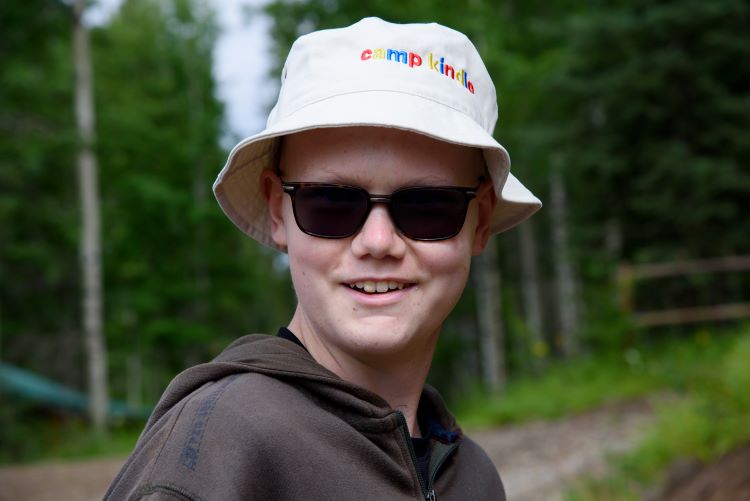
Funny enough, a year and a half later, I ran into two counsellors Chili and Firework from Camp Kindle. They recognized me immediately even though I had hair now. It made me feel so good to know they still remembered me. Goes to show how much they care.
Kids Cancer Care has helped in other ways too. The PEER exercise program is one of them. It taught me how to be more athletic and got me up and moving again. I am so grateful, because without it, I wouldn’t have known how to gradually start exercising again.
I am also part of the Teen Leadership Program at Kids Cancer Care. They are teaching me to be a better person and how to help more people than I ever did before. I get to learn how to fundraise, volunteer and be a leader. Thanks to this program, I am working towards the Silver Duke of Edinburgh Award and without them I couldn’t have done this.

The whole time I was in the hospital I went through a rollercoaster of emotions. I started as an introverted little boy going through puberty to someone who lets nurses put suppositories up my . . . you know what. I’ve let my parents give me sponge baths, wipe my butt and wash my head. I was positive most of the time, but sometimes I felt really down and that nothing mattered. It’s not all bad, and it’s not all good, but it’s definitely not easy for anyone (my family, me, or even the doctors and nurses).
Everyone in my family was affected by my cancer journey and we will never forget what happened. Kids Cancer Care helped me and my family so much through all of it. They’re amazing.
Before cancer, I was reserved and timid, but now look at me! Look at what I have been through and what I know I can do. Kids Cancer Care is helping to shape the person I am today. It just goes to show that people can change for the better. I believe I have.
Thank you for supporting Kids Cancer Care and making their programs possible for kids like me.
~ Baylen





